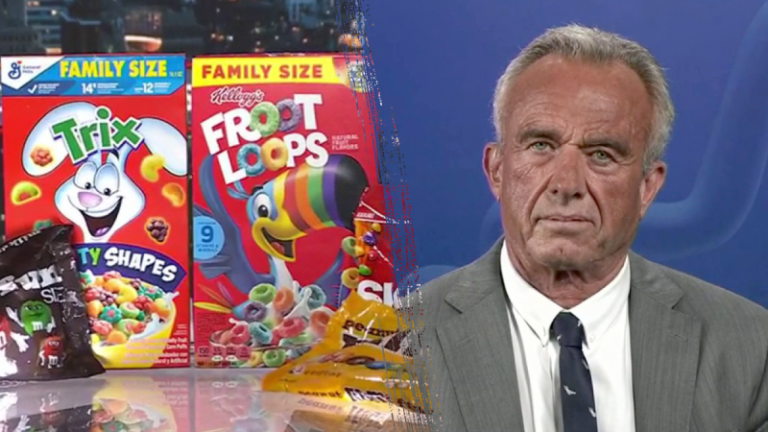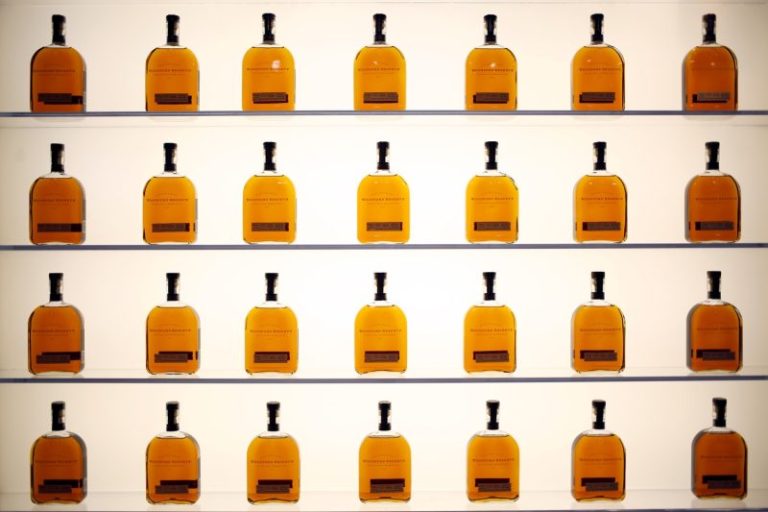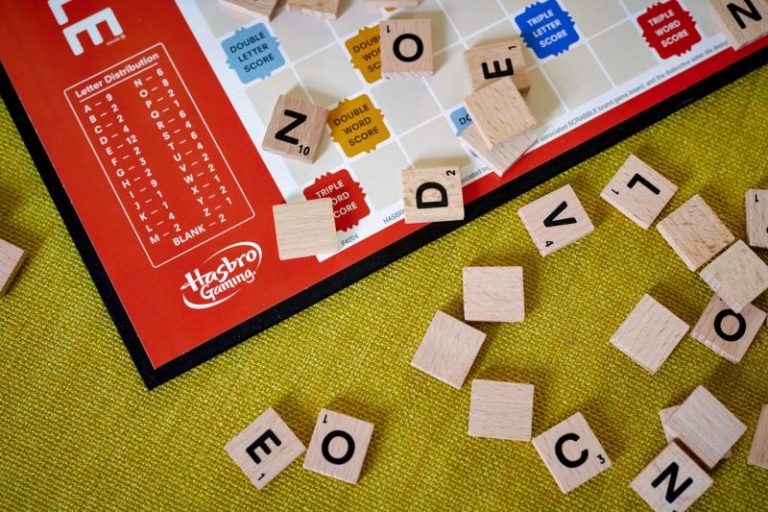The Trump administration is applauding a major move by a key South American ally in the global fight against terrorism.
On Thursday, the U.S. State Department issued a statement congratulating Paraguay’s President Santiago Peña for officially labeling Iran’s Islamic Revolutionary Guard Corps (IRGC) a terrorist organization – a decision the U.S. calls a critical blow to Iran’s terror network in the Western Hemisphere.
‘The United States welcomes President Santiago Peña’s designation of Iran’s Islamic Revolutionary Guard Corps (IRGC) as a terrorist organization,’ said State Department spokesperson Tammy Bruce.
In addition to the IRGC designation, Paraguay also expanded its 2019 designations of the armed wings of Hezbollah and Hamas to include the entirety of both organizations. The Trump administration hailed it as a firm stand against Iranian-backed extremism.
‘Iran remains the leading state sponsor of terrorism in the world and has financed and directed numerous terrorist attacks and activities globally, through its IRGC-Qods Force and proxies such as Hezbollah and Hamas,’ Bruce said.
The decision is particularly significant in the Tri-Border Area, the region where Paraguay borders Argentina and Brazil, which has long been considered a financial hub for Hezbollah-linked operatives. The State Department said Paraguay’s action will help cut off the Iranian regime’s ability to fund terrorism and operate in Latin America.
‘The important steps Paraguay has taken will help cut off the ability of the Iranian regime and its proxies to plot terrorist attacks and raise money for its malignant and destabilizing activity,’ Bruce added, highlighting the Tri-Border Area as a critical front in this effort.
The Trump administration said it plans to build on this momentum and continue working with allies to confront Iran’s global influence.
‘The United States will continue to work with partners such as Paraguay to confront global security threats,’ Bruce said. ‘We call on all countries to hold the Iranian regime accountable and prevent its operatives, recruiters, financiers, and proxies from operating in their territories.’
This isn’t a one-off. Since his first term, Trump has made confronting Iran’s terror apparatus a cornerstone of his foreign policy.
In 2018, he pulled the U.S. out of the Obama-era nuclear deal with Iran, known as the Joint Comprehensive Plan of Action (JCPOA), calling it ‘one of the worst and most one-sided transactions the United States has ever entered into.’
Now, the Trump administration is back at the negotiating table, but on its own terms. Two rounds of nuclear talks have already taken place this month, with a third scheduled for later this week. A senior administration official said the discussions have made ‘very good progress,’ though the details remain closely guarded.
As Bruce emphasized, Washington is calling on ‘all countries’ to follow suit in holding ‘the Iranian regime accountable.’






